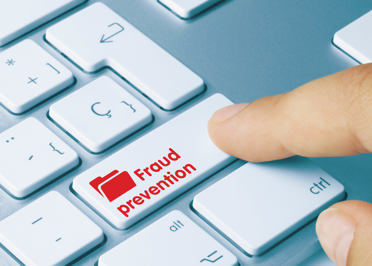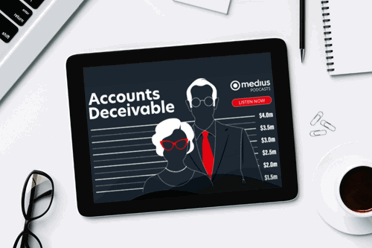Invoice fraud: prevention and detection guide
Invoice fraud continues to be one of the most pervasive threats in finance departments. While digital transformation has helped streamline processes and improve visibility, it has also introduced new vulnerabilities that fraudsters are quick to exploit. From phishing scams to sophisticated invoice forgeries, companies across industries, especially those with high invoice volumes, must remain vigilant.


 Unusual vendor information
Unusual vendor information




